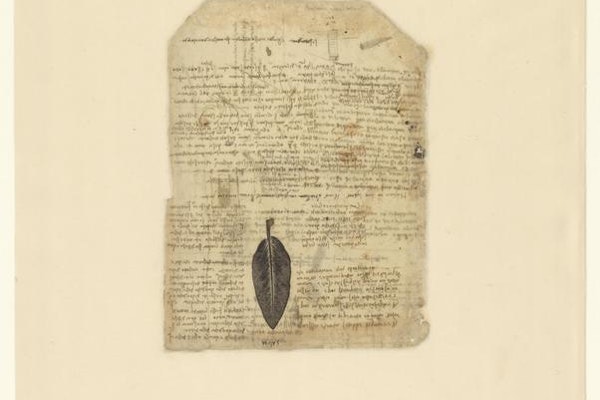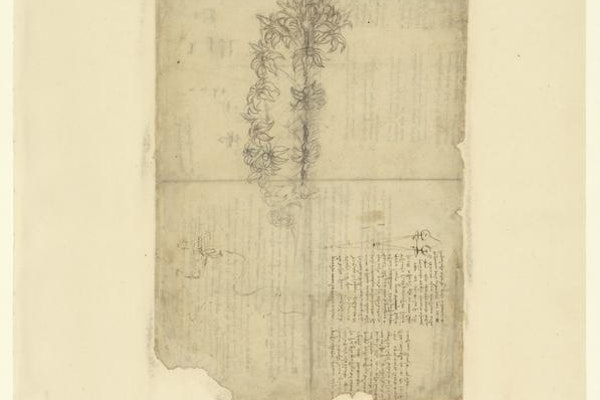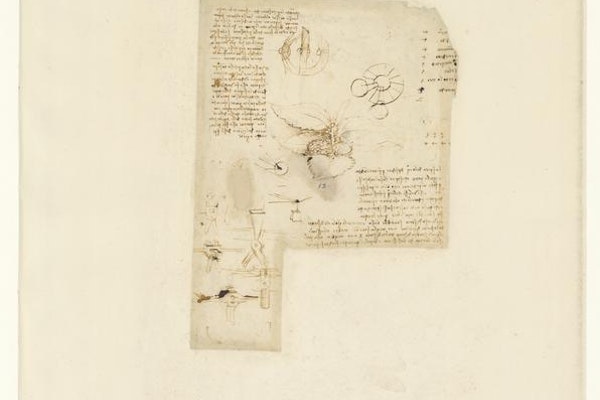Nature and Man. A relationship that sees Philosophy, Art and Science intertwine in a timeless dialogue that arouses reflection, analysis and movement. A reflection that inspired the work of Leonardo and that continues today to influence contemporary society.
For this reason the idea of an exhibition dedicated to the genius of Leonardo and his Botany. In other terms a close look at the scientific study of the forms studied by Leonardo and the delicate processes of the plant world, yet not only this.
Leoardo's Botany becomes a point of observation between the world of the past represented with meticulous attention by the great scientist and the mysteries of the natural world.
Science becomes the medium of knowledge, but also philosophical, ecological and sustainable reflection of the present world and what is to come.
Thus the insights, the sketches and the precious calculations left by Leoanrdo the Atlantic code can be read with new eyes through a new visit path constituted by the exhibition of some rare original sheets, natural elements and interactive installations.
On display are three precious autograph sheets from the Atlantic Codex preserved in the Biblioteca Ambrosiana in Milan. The three sheets offer precious plant representations: 197v includes an indication of how to obtain the printing of a leaf and the impression of a sage leaf; the 663r shows a large drawing of flowers of the genus Asphodelus L .; the 713r the sketch of leaves and fruits of Morus nigra L.
Leonardo's Botany. For a new science between Art and Nature is an exhibition conceived and produced by Aboca, in collaboration with the Municipality of Florence.
The exhibition is developed in different environments:
The Great Cloister of Santa Maria Novella, which houses the external section of the exhibition dedicated to the display of the Neoplatonic Polyhedra and the specimens of Leonardo's plants.
The former dormitory houses the central section of the exhibition dedicated to Leonardo, a systemic thinker and his botanical studies.
Outside the complex, some large-scale reproductions of the polyhedra that Leonardo designed for the De Divina Proportione manuscript by Luca Pacioli, symbols of the Leonardian vision of the relationship between man and nature, can be found. The places are: Piazza della Signoria, Piazza Santa Maria Novella, Piazza Stazione and Fortezza da Basso.


